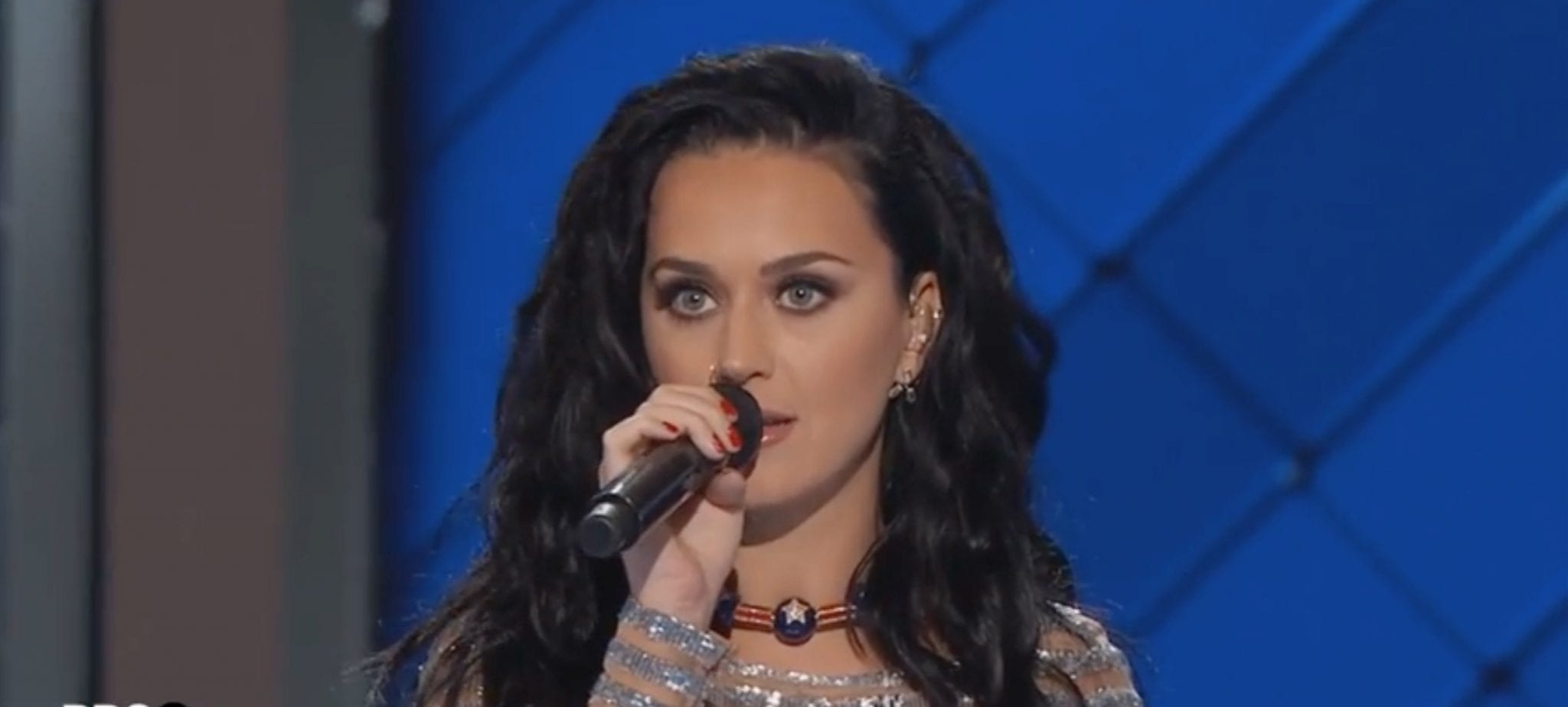Despite their increasing reliance on liberals, for Democrats losing their conservatives could mean losing elections. Focus on liberals’ rising influence in the Party means conservatives’ continued importance is forgotten. However, Democrat conservatives’ outsized importance will become clearer as they continue disappearing.
Headlines trumpeted the Gallup poll (1/8/19) showing liberals now comprise a first-time majority of Democrats. This fits the liberal-surge narrative since President Trump took office. Theirs is the energy and momentum that Democrats expect will lead to 2020 victory.
In all this liberal focus, neglected is the shocking drop in Democrats’ conservative and moderate numbers. From 1992 to 2018, liberals increased from 25 percent to 51 percent of Democrats. Over the same period liberals were doubling, conservatives fell by half — 25 percent to 13 percent — and moderates dropped by a third — from 48 percent to 34 percent.
Speculation centers on what liberals add to Democrats’ election chances. There should be equal attention to what they subtract in conservatives and moderates.
First, as Gallup’s poll showed, conservatives and moderates make up 70 percent of America’s electorate — 35 percent each — so losing there and gaining with liberals (26 percent of voters) is an uneven trade. Second, Democrats’ conservatives and moderates have declined as their liberals have increased, suggesting a cause/effect relationship. Finally, that relationship could intensify with liberals’ Democratic majority now determining Party politics and policies.
How serious this exodus could be is clear from tracing where conservatives could go.
It is logical to assume conservatives — ideological opposites of Democrats’ surging liberals and showing the highest proportional decline thus far — are the likely future departures.
A simple demonstration would be to take 13 percent from Clinton’s 2016 Democratic support and add it to Trump’s. Clearly, the result would have been a Trump landslide. However, such a sudden switch is unrealistic for Democrats who, if conservative, are probably lifelong party faithful — former “yellow dog Democrats.”
Instead imagine a scenario whereby Democrats’ conservatives swing to Independents. According to 2016 exit polling, Democrats made up 36 percent of total voters. So, take 1 in 8 of those Democrats out of Clinton’s total — 4.7 percent of total voters — and make them Independent. According to 2016 exit polls, Independents broke 46 percent for Trump, 42 percent for Clinton.
Apportioning those migrated conservative Democrats accordingly yields a 2.2 percent subtraction from Clinton and a 1.8 percent addition to Trump. The result would have been Trump winning 47.9 percent of the popular vote — almost Clinton’s actual total — and Clinton winning 46 percent — almost exactly Trump’s actual figure. Considering Trump’s effectiveness in translating his 2016 popular vote into a solid electoral vote win, a 1.9 percent popular vote victory would have been enormous.
Obviously this example is not predictive — Gallup and exit polls are merely samples, and therefore estimates — but it is illustrative. And it is illuminating.
In American presidential politics, small matters…a lot. While not a perfect zero-sum game, one party’s lost voters go somewhere. Inevitably some go to your opponent. Losing voters is, in part, a two-edge sword slicing against you: Your loss and your opponent’s gain.
Recent presidential election history shows how much an effect small numbers can have. In the last 40 years, eight of the eleven winners gained less than 51 percent of the popular vote. There are no inconsequential voters.
Democrat conservatives are particularly consequential. Current news coverage has gotten one thing right: Ideology matters. Voters move toward their views. Democrats’ remaining conservatives prove, party allegiance can obstruct an immediate shift; however, Democrats’ loss of half of their conservatives shows: Over time they will move. Democrats losing conservatives means a good percentage will wind up with Republicans, where conservatives are far more represented.
Conventional wisdom has been that Democrats’ liberal surge equals costless victory. That sees only the gross, not net, effect. American politics is not static, it is dynamic — here, adding from America’s smallest ideological group, but subtracting from larger ones. Instead of costless, Democrats’ dynamic could be very expensive indeed.























